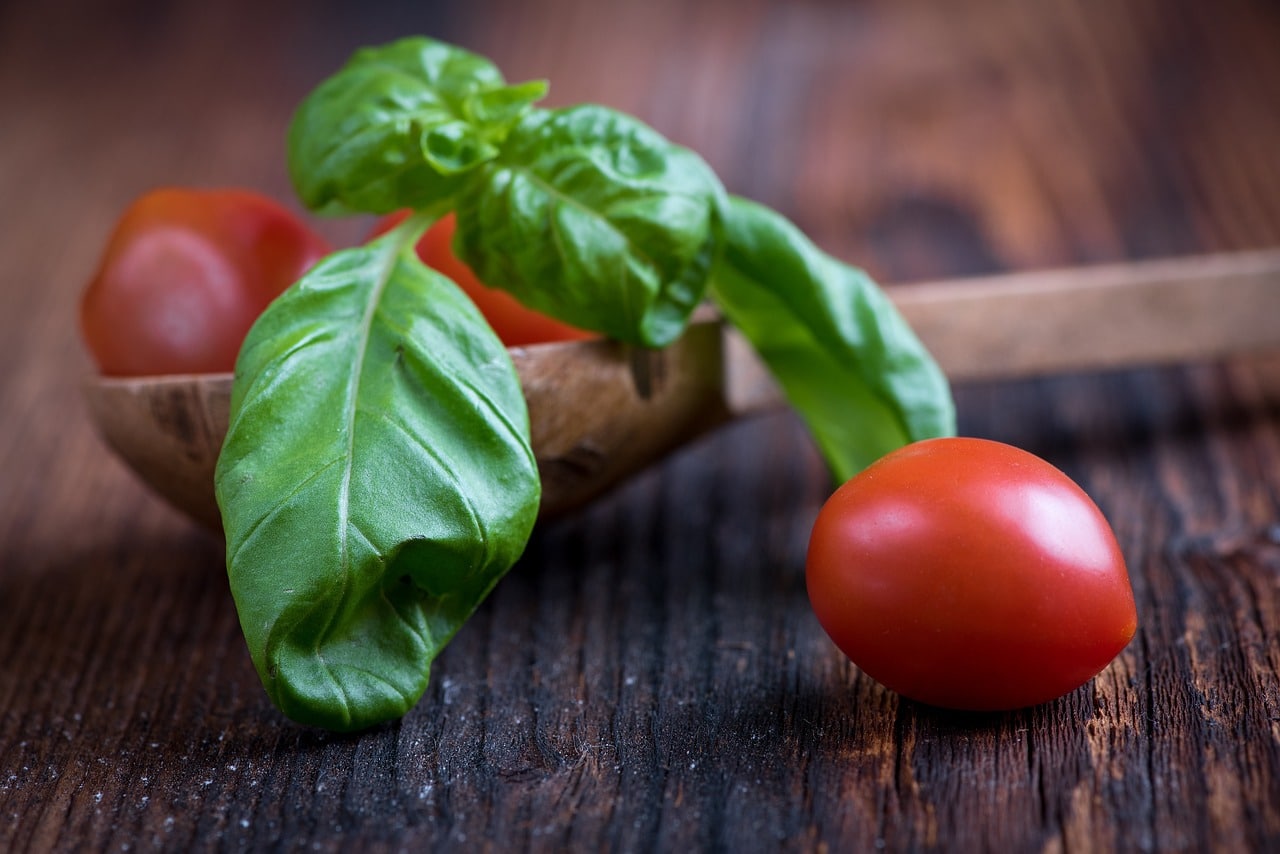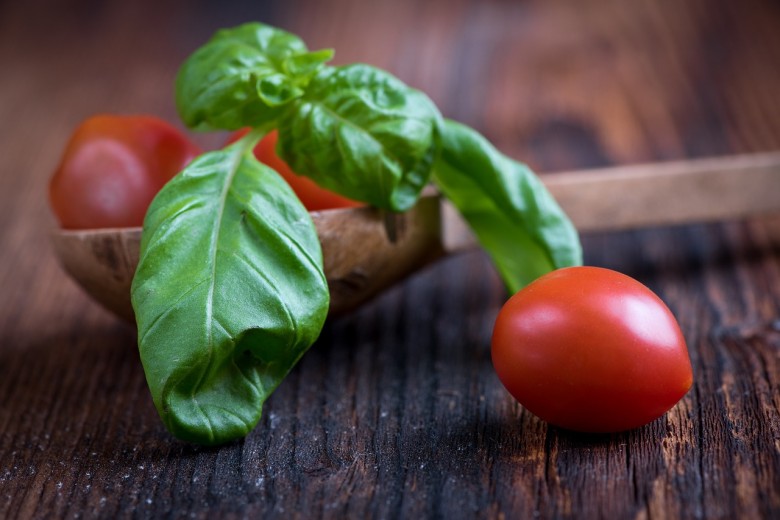Kitchen Garden Tips
A kitchen garden is a separate garden plot located close to the kitchen door for spring, summer and fall cooking convenience. The kitchen gardens found in England and France are most likely the source of inspiration for the American kitchen gardens that have been common fixtures throughout New England for centuries. Today, kitchen gardens are […]

Kitchen Garden Tips
Photo Credit : Pixabay
Photo Credit : Pixabay
How to Create a Kitchen Garden
Select the Right Plants Choose a few vegetable plants, flowers, and herbs that you enjoy eating or sharing with others. Salad crops are a good choice as lettuces and tomatoes can be harvested a little at a time. Avoid planting veggies that require a lot of space like corn and beans in a kitchen garden. These grow best in larger garden plots. Design and Installation Find a sunny spot and divide your kitchen garden into separate sections using one raised bed per section — for example: one bed for herbs, one for salad veggies, and one for berry bushes. Fill the beds with rich loam and plant either seeds or seedlings according to directions on the label. Mark your rows of seeds as they are planted for easy identification. If you’d like, plant annual and perennial flowers around the borders of the raised beds. If you have a rain barrel, try to locate it close to your kitchen garden for easy watering, especially if you do not have a hose close by. When placed in a kitchen garden, an old porch rocker, weathered yard sale chair, and small table or stand can add both charm and utility. Kitchen Garden Maintenance Keep the soil moist and weed free and harvest as needed. Do you have a kitchen garden? Have you always wanted one? This post was first published in 2014 and is periodically updated.Shelley Wigglesworth
Shelley (Fleming) Wigglesworth is an award-winning freelance journalist from Maine and a certified Maine Master Gardener who writes gardening articles on a regular basis for NewEngland.com. Her work can be found in the following publications: The Village Magazine, York County Coast Star, Yankee Magazine (online), National Fisherman Magazine, Commercial Fisheries News, Points East Magazine, Coastal Angler Magazine and The Maine Lobstermen's Association's "Landings."
More by Shelley Wigglesworth

